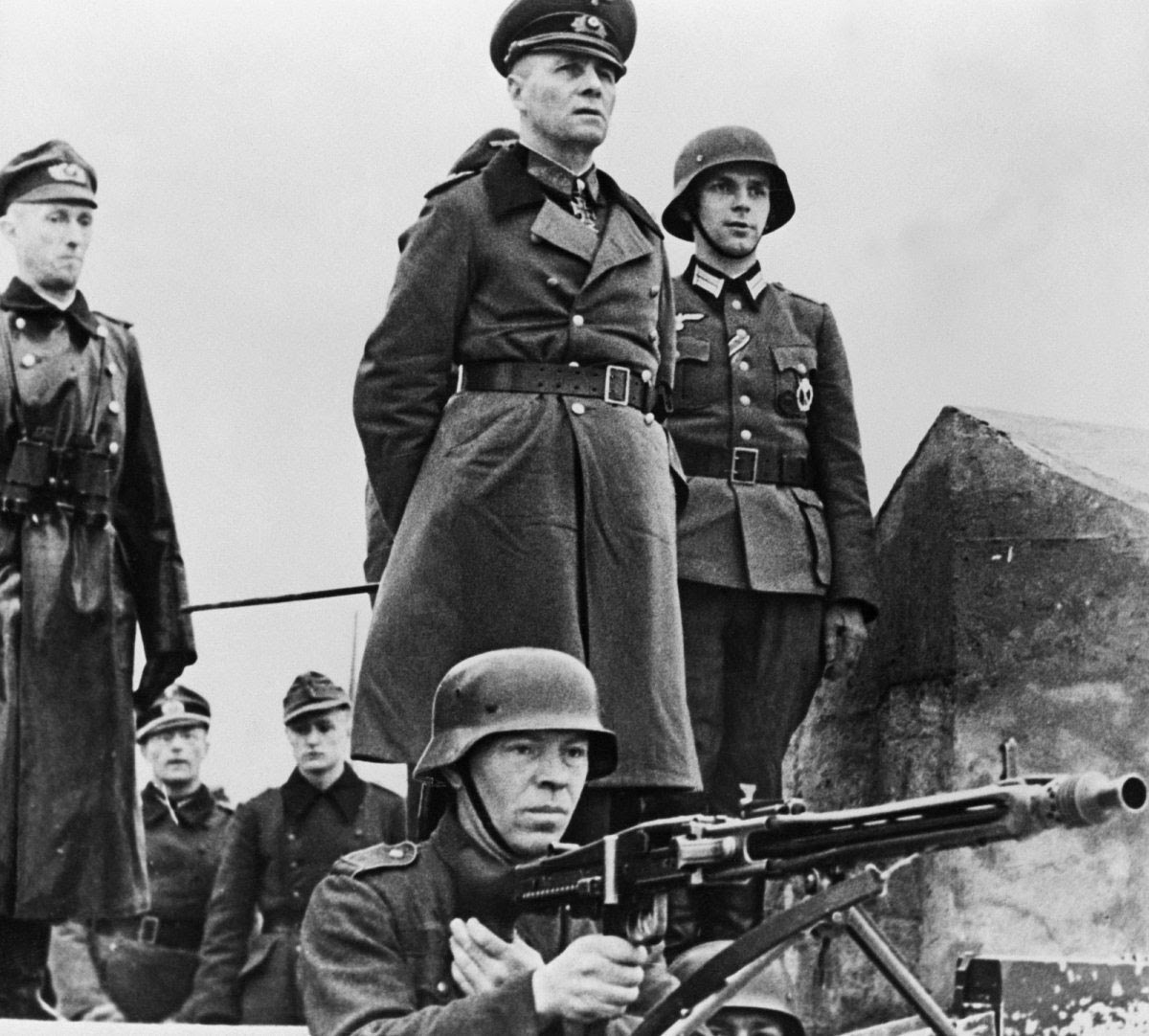Erwin Rommel inspecting the defenses in Normandy, 1944

Adolf Hitler placed Field Marshal Rommel in charge of defending the French Atlantic Wall and Europe from an Allied cross-Channel invasion in 1944.
Rommel arrived, saw the situation, and immediately ordered a tremendous upgrade of the fortifications on all English Channel beaches.
By the time it was late, Rommel's program to remove the coastline barrier between high and low tide so alarmed the Allied planners that they changed the timing of the landing from high to low tide, allowing an initial landing. Vulnerabilities increased significantly - especially on the coast of Omaha.
To deal with the aerial threat, Rommel ordered telephone poles and concrete posts – nicknamed 'Rommel asparagus' – to be installed in the fields and meadows immediately after the most obvious landing areas.
Not surprisingly, all this activity attracted the attention of senior Allied commanders, complicating the already difficult task of planning for and then making a successful amphibious landing off the coast of France.
Rommel's defensive measures were frustrated by controversy over armor doctrine. Von Geyer (commander of Panzer Group West) and Rommel disagreed on the deployment and use of important panzer divisions.
Rommel assumed that the Allies would have air superiority and would be able to harass his movements from the air. Therefore, he proposed that armored formations be deployed closer to the invasion beaches.
In his words, it was better to have one panzer division facing the invaders on the first day than three panzer divisions three days later, when the Allies would have already established a strong coastline.
Von Geyer argued for the standard theory that panzer formations should be centered in a central position around Paris and Rouen, and deployed extensively against the main Allied coastline when it was identified.
The argument for mediation was eventually brought before Hitler. He characteristically imposed an impractical compromise solution. Rommel was given only three panzer divisions, too few to cover all the threatened areas.
The remainder, nominally under von Geyer's control, were actually designated as being in the "OKW Reserve". Of these, only three were sufficiently positioned to intervene immediately against any invasion of northern France; The other four were scattered in southern France and the Netherlands.
Hitler reserved the right to transfer divisions to the OKW reserve, or to commit them to action. On 6 June several Panzer Division commanders were unable to move because Hitler had not given the necessary authorization, and his crews refused to wake him on news of the invasion.

No comments: